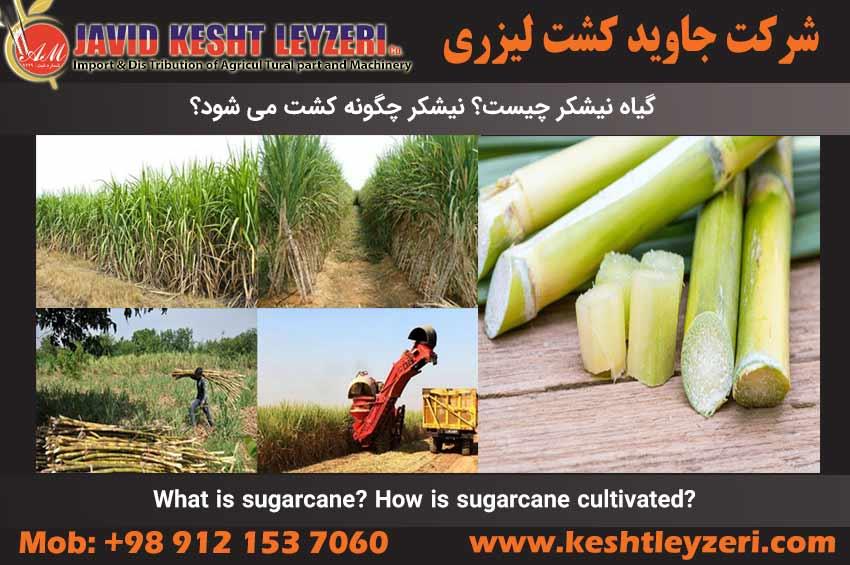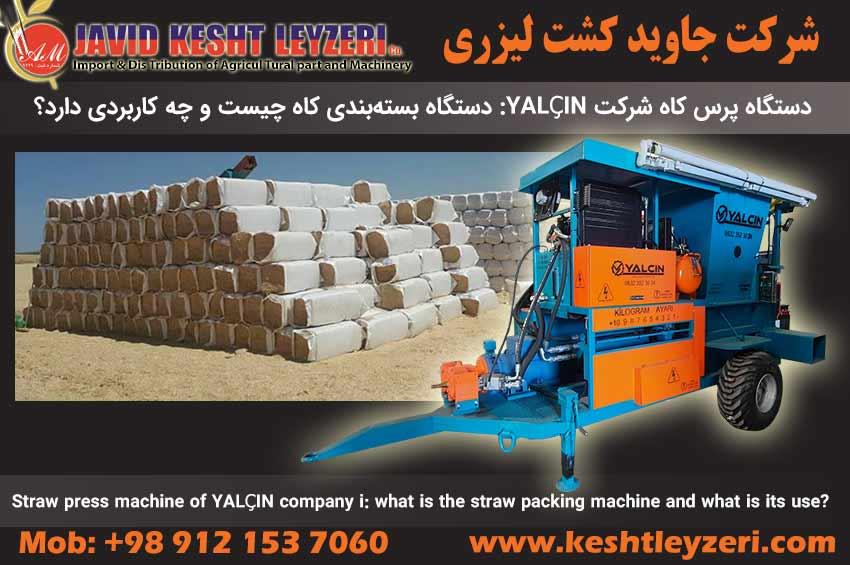
What is sugarcane? How is sugarcane cultivated?
javid keshtleyzeri Co.ltd
The content of this section:
- What is Sugarcane Botany?
- How is Sugarcane Propagated?
- When is the Right Time to Plant Sugarcane?
- What is the Suitable Time for Growing Sugarcane?
- When is the Appropriate Harvest Time for Sugarcane Plants?
- The following sections will explore the above topics.
What is Sugarcane Botany?
Sugarcane belongs to the grass family (Poaceae) and consists of four main parts: roots, stems, leaves, and flowers or clusters. Its leaves are alternately connected to the nodes. This perennial plant requires warm and humid weather for growth. Its unbranched stems reach a height of about three to four meters with a diameter of approximately five centimeters, emerging from the base in the form of shoots.
The stem of sugarcane is a storage organ for sugar, similar to other cereal crops, being jointed and nodal. The stems are covered with a waxy layer to prevent water loss through transpiration. The root is a cylindrical structure that becomes narrower towards the growing point.
Shortly after planting sugarcane cuttings, two types of roots emerge. Roots from the cuttings are thin and branching, while roots from the nodal root zone are thick, water-absorbing, and less branched. The leaves are arranged alternately in two opposing rows at the base of the nodes, and each leaf consists of two parts: the sheath and the blade.
Table 1 - Sugarcane Botanical Specifications:
- Persian Name: نیشکر (Sugarcane)
- English Name: Sugar cane
- Scientific Name: Saccharum officinarum
- Family: Poaceae (Grasses)
How is Sugarcane Propagated?
Sugarcane is propagated through various methods, including:
-
Cutting (Sexual Propagation): Using cuttings from healthy and disinfected plants to generate a new generation. Cuttings should be kept in hygienic conditions to prevent disease transmission.
-
Bud Setts (Sexual Propagation): This method involves planting sprouted bud setts as new seedlings. These bud setts are obtained from sprouted cuttings and are transferred to the cultivation field after sufficient growth.
-
Planting Seedlings (Sexual Propagation): Sugarcane can also be propagated by planting sprouted seedlings. These seedlings are often obtained from cuttings and parent plants and are grown in specific fields.
-
Utilizing Flowers (Sexual Propagation): In some cases, sugarcane is propagated through flowering and seed production. This method directly involves the genetic characteristics of both parent plants.
Propagation of sugarcane through these methods is often performed under various agricultural conditions based on local needs and climates.
Sugarcane propagation through methods like cutting and seed planting remains one of the primary approaches.
When is the Right Time to Plant Sugarcane?
Planting sugarcane is suitable from mid-August to late Mehr (late September to mid-October). It is crucial to note that delayed planting will result in reduced yield the following year. After preparing the cuttings, they are laid horizontally in furrows, and immediately irrigated. The number of sugarcane cuttings planted per hectare depends on environmental conditions, plant variety, irrigation amount and method, planting technique, and other factors. However, after preparing the land and cuttings, approximately 17,000 to 25,000 cuttings are needed per hectare.
The optimal growth environment for sugarcane is likely loamy to clayey soil with a depth of more than one meter and a stable structure. Generally, sugarcane shows good resistance to salinity, but in some cases, excessive salinity can hinder its growth, causing leaf color to shift towards yellowing. Both air and soil temperatures play a crucial role, with sugarcane being a tropical plant requiring warm daytime temperatures around 37 degrees Celsius during the growing season. Adequate humidity and abundant sunlight are also essential.
In conclusion, the right time for sugarcane cultivation and planting depends on environmental conditions, and careful attention to planting practices enhances the chances of a successful harvest.
When is the Appropriate Harvest Time for Sugarcane Plants?
After planting sugarcane cuttings, the first irrigation takes place, starting from the 20th of Mordad. The second irrigation phase occurs six days after the first session. Generally, the interval between two irrigations depends on the soil temperature and its moisture retention capability.
In terms of nutrition, sugarcane has specific requirements, mainly limited to elements such as nitrogen, potassium, and occasionally phosphorus and magnesium. Nitrogen directly influences sugarcane growth and is absorbed by the plant when there is sufficient water around the roots and nitrogen is dissolved in water and absorbed. Sugarcane's primary use of nitrogen is from April to early Shahrivar when the plant undergoes its main growth phase. Nitrogen deficiency leads to greening of the leaves turning yellow, and stem diameter becomes narrower than normal. Nitrogen scarcity reduces plant growth slightly, and if nitrogen is lacking in the soil, sugarcane cannot absorb other nutrients effectively. Nitrogen and water work together to form sucrose. Adding nitrogen to the soil increases the growth of aerial organs and further branching.
When is the Appropriate Harvest Time for Sugarcane Plants?
The ideal time for harvesting sugarcane is when the plant has matured. To assess maturity, samples are collected every two weeks from various fields and different plants, estimating the sugar content in the stems at the time of maturity. A handheld refractometer is commonly used for this purpose, measuring the sucrose present in the stems. Since sugarcane leaves do not contain sugar, they are burned before cutting and harvesting to avoid damage to the stems. Burning the leaves does not harm the stems. The targeted fields for harvest are burned 16 hours before harvesting, and then, using sugarcane harvesters, the remaining stalks on the ground are collected. It is essential to note that only fields burned within 16 hours of harvesting maximum produce more efficiently; otherwise, not only does this method fail to increase efficiency, but it also significantly reduces the harvested sucrose content. Workers strip the stalks and arrange them in specific rows of 5 or 6 lines. Subsequently, these stalks are transported to the factory using trailers.
This comprehensive approach ensures a systematic overview of sugarcane cultivation, propagation, planting, and harvesting processes.






